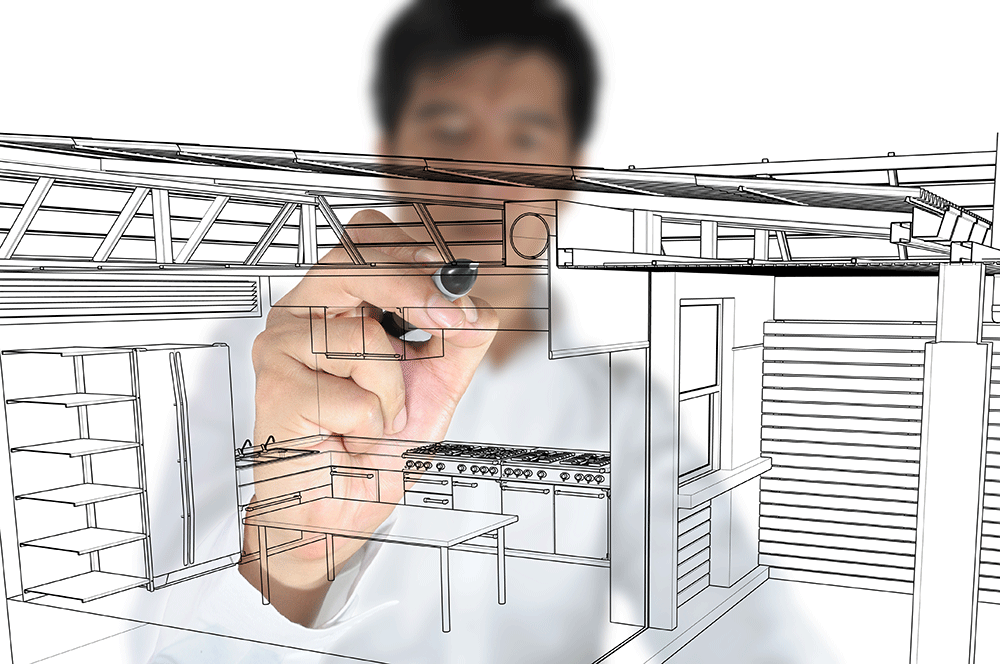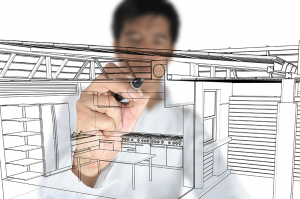Getting Started with Mechanical Design

The Process of Mechanical Design
 Mechanical design is a complex task. It’s quite surprising how much creativity is required – sometimes you’ve got to think very originally to successfully design the mechanisms needed to solve the problem your product targets.
Mechanical design is a complex task. It’s quite surprising how much creativity is required – sometimes you’ve got to think very originally to successfully design the mechanisms needed to solve the problem your product targets.
Designing mechanisms is, in many ways, the bread and butter of good product design – it’s the basis from which the entire plan of attack is based, including marketing, pricing, and manufacture. Good mechanical design leads to profitability and can help give products a reputation for reliability and style – bad mechanical design can lead to a products’ total failure, and even ruin companies’ reputations.
Three key terms every mechanical designer should remember are:
1. Simplicity
If a product’s mechanical design isn’t as simple as it possibly can be, then it isn’t good enough. Not only should a product be as simple to manufacture as possible to keep labour and component costs to a minimum, but a simple mechanism is far less likely to fail or wear out than an over-complicated one.
2. Profitability
The entire point of product design is to make money. If your product is absolutely perfect for its purpose, but so highly priced that few can afford it or – even worse – it only breaks even or even makes a loss per unit sold, then it’s not a perfect design. A compromise of quality and affordability must sometimes be struck to make sure that a product can survive in today’s saturated markets. Of course, quality is always important – in an ideal world, all products would be amazing quality – but high prices on products has driven many a company out of business. Don’t let it be yours.
3. Ease-of-Use
Of course, this is more of a guideline than a proper rule – some products such as IC chips, medical or industry equipment, and some software packages have to be intensely complex to serve their function. However, some of the most successful products – the Grabber disability aid, some toys, most household items – are successful because of their simplicity. Modern fat-reducing kitchen grills are nothing more than curvy hot plates on an angle, but they have replaced pan-frying for many families because of their simplicity (and extremely clever marketing).
We hope you’ve found this interesting! Good luck with your own designs!

Leave a Reply